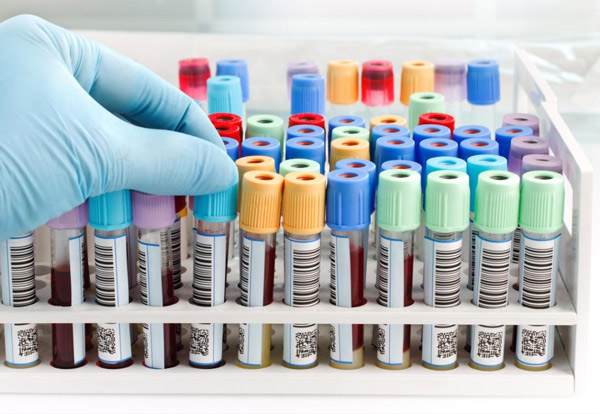How Do Healthcare Professionals Choose the Appropriate Vacuum Blood Collection Tube for Specific Tests
The process of collecting blood samples for various medical tests is a crucial part of healthcare. The accuracy of these tests largely depends on the quality of the blood sample collected. One of the most commonly used methods for blood collection is the vacuum blood collection system. This system uses different types of tubes, each designed for specific tests. But how do healthcare professionals choose the appropriate vacuum blood collection tube for specific tests? This article will shed light on this process.

Understanding Vacuum Blood Collection Tubes
Vacuum blood collection tubes are sterile glass or plastic tubes with a closure that is evacuated to create a vacuum inside the tube facilitating the draw of a predetermined volume of liquid. The tubes are designed to draw a fixed amount of blood, depending on the vacuum, tube size, and amount of additive present.
Different Types of Vacuum Blood Collection Tubes
There are various types of vacuum blood collection tubes, differentiated by the type of additive they contain and the color of the tube cap. Here are the most common ones:
1. Red or Gold Cap: These tubes either have no additive or contain a clot activator. They are used for many chemistry tests, drug levels, and serology tests.
2. Light Blue Cap: These contain sodium citrate as an anticoagulant and are used for coagulation tests.
3. Green Cap: These tubes contain heparin as an anticoagulant and are used for various chemistry tests.
4. Lavender Cap: These tubes contain EDTA as an anticoagulant and are used for hematology and blood bank tests.
5. Gray Cap: These tubes contain sodium fluoride and potassium oxalate and are used for glucose and lactate tests.
Choosing the Appropriate Tube
The choice of tube is determined by the type of test to be performed. The additive in the tube plays a significant role in preserving the integrity of the sample, preventing clotting for certain tests, or activating clotting for others.
For instance, if a healthcare professional is to perform a coagulation test, they would opt for a light blue cap tube that contains sodium citrate. This additive acts as an anticoagulant by binding to calcium in the blood, preventing it from clotting.
On the other hand, if a serum sample is needed, a red or gold cap tube would be the choice. The clot activator in these tubes helps the blood to clot, after which the sample is centrifuged to separate the serum for testing.
Healthcare professionals must also consider the order of draw when collecting multiple samples. This is crucial to avoid cross-contamination of additives between tubes. The recommended order usually starts with blood culture tubes, followed by coagulation tubes (light blue), and then tubes with other additives.
Choosing the appropriate vacuum blood collection tube is a vital step in ensuring accurate and reliable test results. Healthcare professionals need to understand the purpose of different additives and the relevance of the order of draw to make the right choice. Through their expertise and knowledge, they can ensure that each patient’s blood sample is handled correctly, leading to effective diagnosis and treatment.
Dried Fillet,Fried Fillet,Fried Fillet Of Fish,Dried Cod Fillet
Yanji Yongzhen Food Co., Ltd , https://www.yanjiyongzhenfood.com